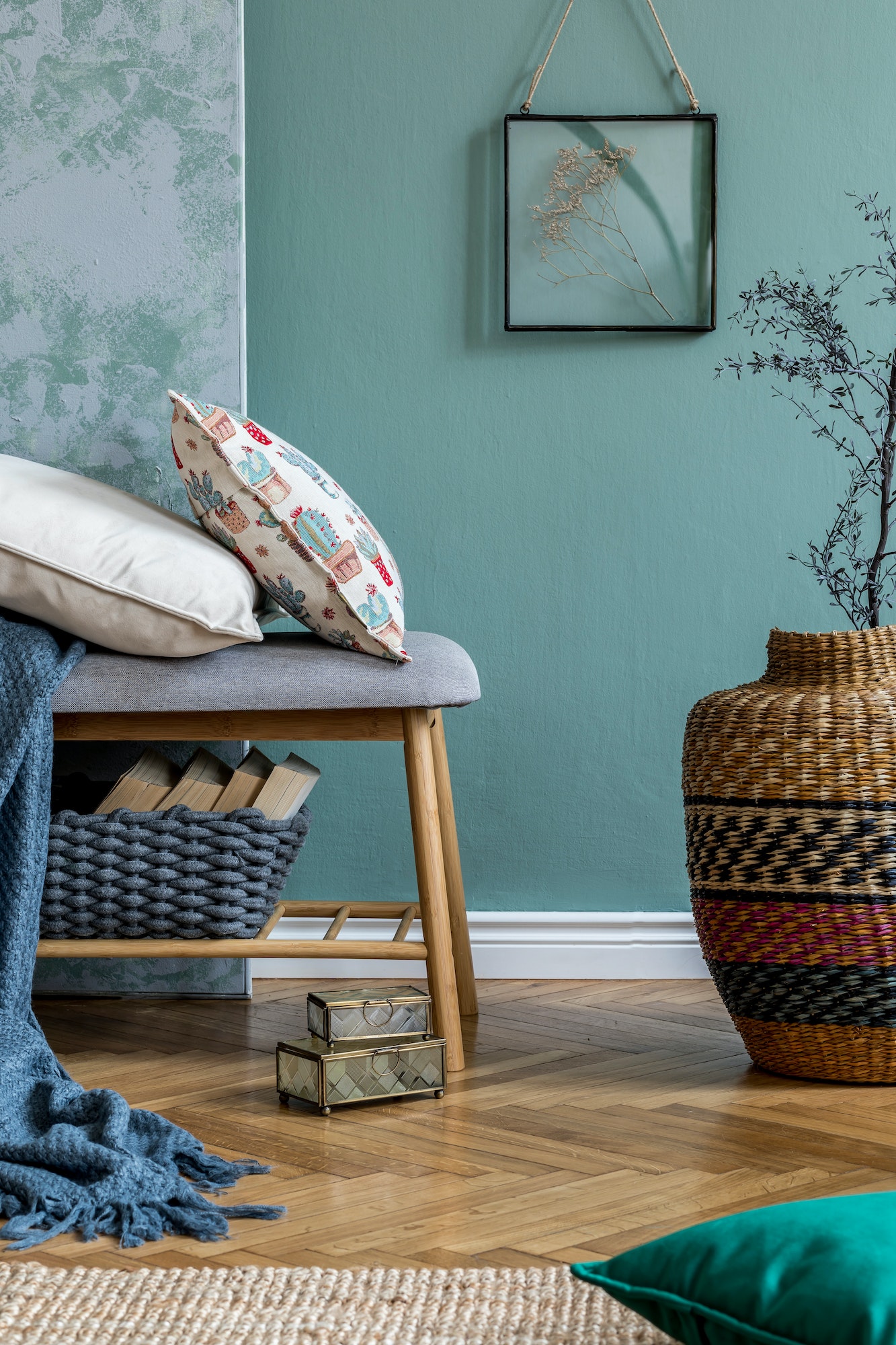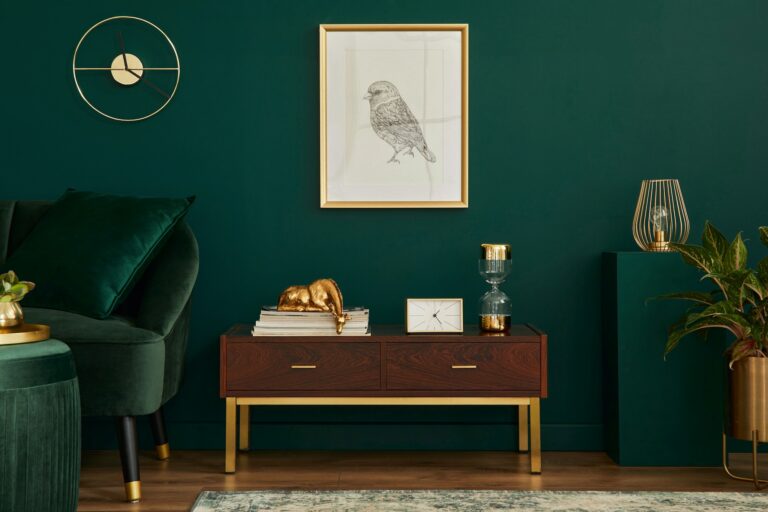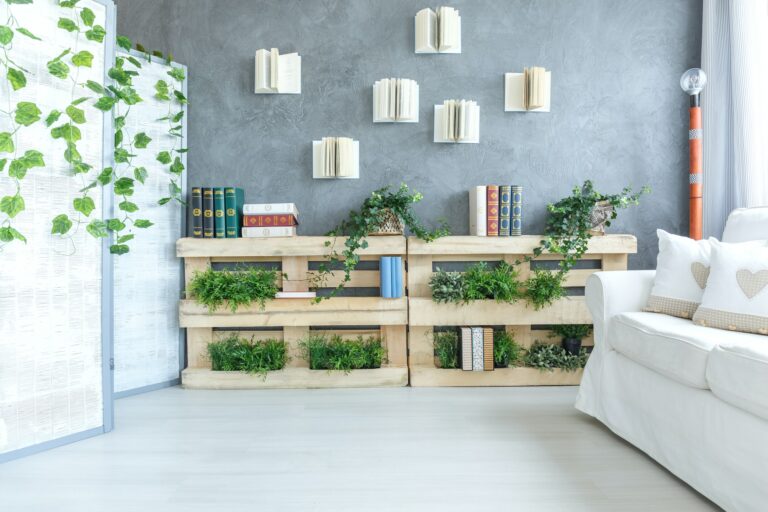
Colors play a vital role in our lives, affecting our emotions, moods, and overall well-being. The psychology of colors has been widely studied and utilized by interior designers to create the perfect ambiance in any given space. In this article, we will delve into how you can use color psychology to design an interior that positively influences your mood and those of your guests. We’ll also discuss the emotions associated with various colors and provide inspiration for incorporating them into your home’s design.
Unveiling the Power of Color Psychology in Interior Design
Color psychology is the study of how colors can influence human behavior and emotions. Researchers have found that certain colors have specific impacts on our moods, energy levels, and even our blood pressure. By understanding the psychological effects of colors and incorporating them effectively into your interior design, you can create spaces that evoke desired emotions and promote overall well-being.
In the following sections, we will explore the different emotions associated with various colors, and how you can incorporate them into your home’s design.
Red: Passion, Energy, and Warmth
Red, often associated with love, passion, and warmth, is a powerful color that can instantly energize a room. Studies have shown that red can also increase blood pressure and heart rate, making it an ideal choice for spaces where you want to encourage excitement and liveliness.
To incorporate red into your home, consider using it as an accent color in social areas like the living room or dining room. You can introduce red through upholstery, decorative pillows, or statement pieces like an area rug. Be cautious not to overdo it, as too much red can be overwhelming and may induce feelings of aggression or irritation.
Blue: Calmness, Serenity, and Stability
Blue is often associated with serenity, stability, and calmness. It has been found to lower blood pressure and heart rate, making it an excellent choice for rooms where relaxation is the primary goal. A blue bedroom or bathroom can create a tranquil retreat, promoting restful sleep and relaxation.
Incorporate various shades of blue, from pale sky blue to deep navy, to create a soothing environment. Pair blue with complementary colors like white or gray for a sophisticated look, or introduce splashes of brighter hues like yellow or orange for a more playful vibe.
Green: Harmony, Growth, and Balance
Green, a color that represents nature and growth, has been shown to evoke feelings of balance, harmony, and restfulness. It’s an ideal choice for spaces that promote concentration and creativity, such as a home office or reading nook.
Introduce green into your interior design by using it on walls or through furniture pieces. You can also bring in live plants to add an organic touch and enhance the room’s psychological benefits. Consider pairing green with other earthy tones like brown, beige, or gray for a cohesive, calming space.
Yellow: Happiness, Optimism, and Energy
Yellow, the color of sunshine, is associated with happiness, optimism, and energy. Adding yellow to your home can help create a cheerful and inviting atmosphere. However, be careful not to use too much of this vibrant hue, as excessive amounts can cause agitation or even anxiety.
Incorporate yellow in small doses through accents and accessories, such as artwork, lamps, or decorative pillows. Pair it with neutral colors like white or gray to balance its intensity and create a harmonious color scheme.
Tips for Creating a Balanced Color Scheme in Your Home
Now that you understand the psychology behind different colors, it’s essential to consider how to create a balanced color scheme in your home. Here are some tips to help you craft an interior design that effectively utilizes color psychology:
- Consider the function of each room: Think about the purpose and mood you want to achieve in each space and select colors accordingly. For example, you may want a soothing blue for your bedroom but an energizing red for your living room.
- Balance warm and cool colors: Warm colors, like red, orange, and yellow, are stimulating and energetic, while cool colors, such as blue, green, and purple, are calming and soothing. Create a balanced atmosphere by using a mix of both warm and cool hues throughout your home.
- Experiment with shades and tints: Don’t be afraid to experiment with different shades or tints of a color to achieve the desired mood. For example, a soft, muted green can create a calming effect, while a bright, bold green can feel energetic and lively.
- Use neutral colors to balance bold hues: Neutral colors like white, gray, and beige can help balance more vibrant colors and prevent them from becoming overwhelming. Incorporate these colors through walls, furniture, or accessories to create harmony in your design.
- Pay attention to lighting: The way a color appears in a room can change dramatically depending on the lighting. Be sure to consider natural and artificial light sources when selecting colors for your interior design.
Creating a Mood-Boosting Home with Color Psychology
Understanding the psychological effects of colors can significantly impact your home’s interior design. By carefully selecting and incorporating colors that evoke desired emotions, you can create a living space that not only looks beautiful but also promotes well-being and positively influences your mood.
Remember to consider the function of each room, balance warm and cool colors, experiment with shades and tints, and pay attention to lighting when selecting colors for your home. By doing so, you can harness the power of color psychology to create a mood-boosting environment for you and your loved ones.


